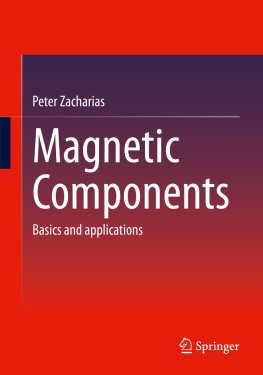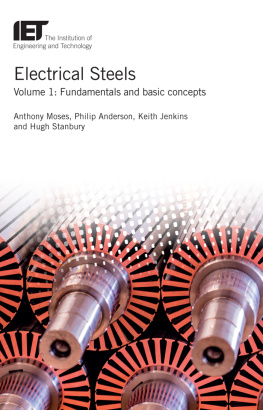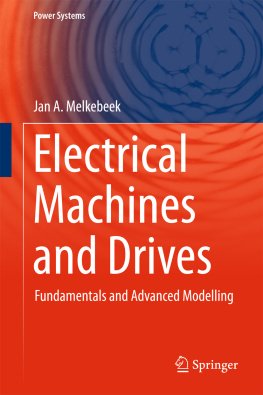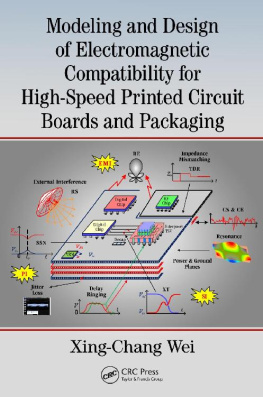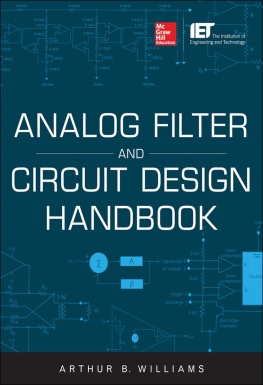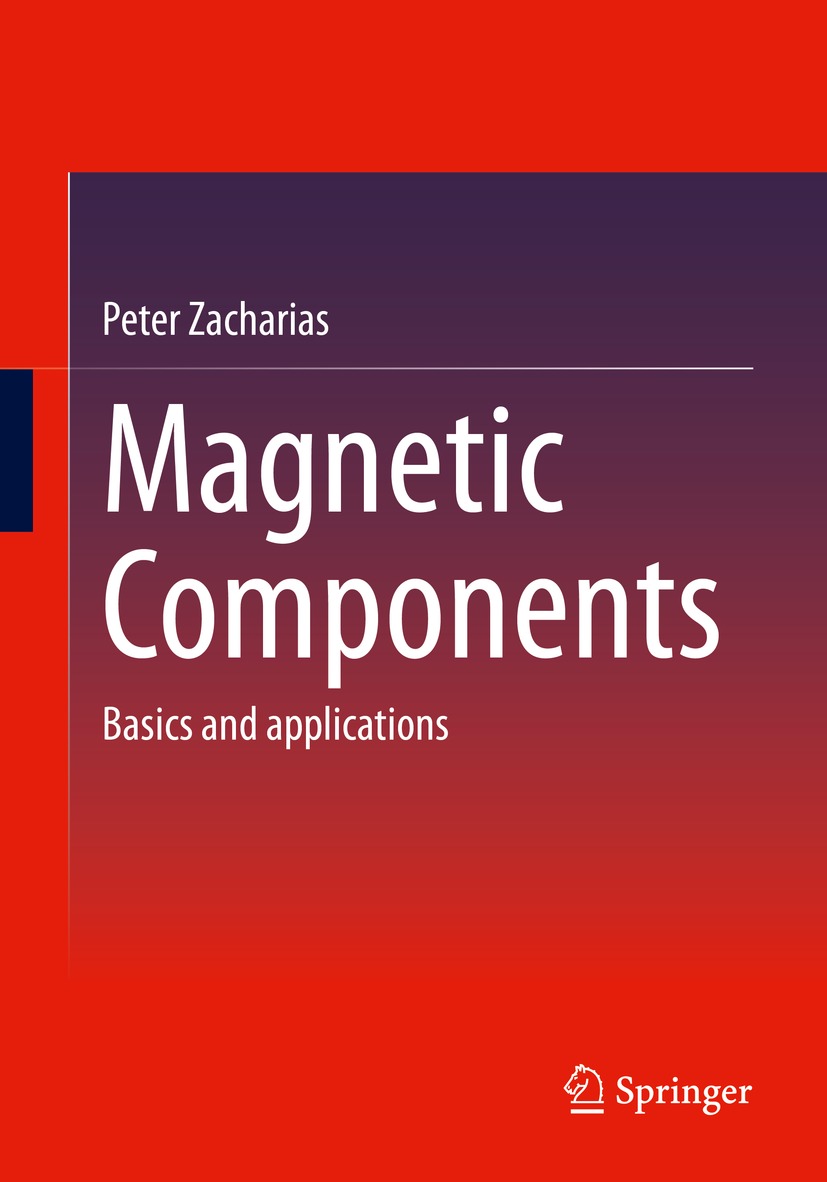Peter Zacharias
Electrical Power Supply Systems, University of Kassel, Kassel, Germany
ISBN 978-3-658-37205-7 e-ISBN 978-3-658-37206-4
https://doi.org/10.1007/978-3-658-37206-4
This book is a translation of the original German edition Magnetische Bauelemente by Zacharias, Peter, published by Springer Fachmedien Wiesbaden GmbH in 2020. The translation was done with the help of artificial intelligence (machine translation by the service DeepL.com). A subsequent human revision was done primarily in terms of content, so that the book will read stylistically differently from a conventional translation. Springer Nature works continuously to further the development of tools for the production of books and on the related technologies to support the authors.
Springer Fachmedien Wiesbaden GmbH, part of Springer Nature 2020, 2022
This work is subject to copyright. All rights are reserved by the Publisher, whether the whole or part of the material is concerned, specifically the rights of translation, reprinting, reuse of illustrations, recitation, broadcasting, reproduction on microfilms or in any other physical way, and transmission or information storage and retrieval, electronic adaptation, computer software, or by similar or dissimilar methodology now known or hereafter developed.
The use of general descriptive names, registered names, trademarks, service marks, etc. in this publication does not imply, even in the absence of a specific statement, that such names are exempt from the relevant protective laws and regulations and therefore free for general use.
The publisher, the authors, and the editors are safe to assume that the advice and information in this book are believed to be true and accurate at the date of publication. Neither the publisher nor the authors or the editors give a warranty, expressed or implied, with respect to the material contained herein or for any errors or omissions that may have been made. The publisher remains neutral with regard to jurisdictional claims in published maps and institutional affiliations.
This Springer imprint is published by the registered company Springer Fachmedien Wiesbaden GmbH, part of Springer Nature.
The registered company address is: Abraham-Lincoln-Str. 46, 65189 Wiesbaden, Germany
Preface
Electrical engineering as a discipline and economic sector has developed rapidly over the last 200 years. Most of the machines used in industry today are electrical machines which use the force effects of magnetic fields. Magnetic or inductive components are also used to convert electrical energy and signals. Even many controllable components of electrical circuits and systems use controllable electromagnetic components.
Since the beginning of the 1980s, power electronics has been experiencing a rapid development due to constantly improving semiconductor switches. With the highly developed silicon switches and the switches based on wide-bandgap semiconductor technology, almost ideal switches are available for power electronics. The general expectation is the continuity of miniaturization of electrical and electronic structures by means of less and less lossy components. Inductive and capacitive components should become smaller and smaller with increasing frequency this is the expectation. A more detailed analysis shows, however, that this reduction seems to be limited, in particular by the effects of the electromagnetic field. The change of electric and magnetic fields to high frequencies weakens the utilization of the material used, increases component losses, and leads to the induction of undesirable voltages, to name just a few factors. At the same time, there have been several developments in the field of magnetic components, both for hard magnetic and soft magnetic materials. Due to the scientific focus on the development of semiconductor switching elements, the development of magnetic and inductive components has been somewhat marginalized within the last decades, although there is plenty of know-how from previous decades one could learn from.
From my own experience in the development of power electronic converters, I concluded that the magnetic or inductive components of power electronics are increasingly representing a shortage in the development of electronic assemblies. In many cases, the excellent properties of semiconductor components can only be fully exploited when they are supplemented by adapted passive components. At the same time, the knowledge of the diverse design possibilities of these components might fall into oblivion. Corresponding university lectures have been increasingly replaced by other lectures in the past, driven by technical development. Therefore, the lecture Magnetic Components was established at the University of Kassel 10 years ago. The present book was initially intended as a script. One or other former listeners of the lecture will recognize the charts from the blackboard. The variety of theoretical and methodological approaches to analysis and design but also the examples of the application soon exceeded the scope of a lecture script. This history of origins helps to determine the structure of the book. The first nine chapters describe basic analytical relationships and methods with which magnetic components can be analyzed and designed. Chapter contains examples of the development practice of electrical and electronic converters. No claim of completeness can be made here. A selection was made from the available material of the everyday scientific life. Analytical mathematical description methods were preferred when dealing with the questions. Finite element method calculations can only be found as results for illustration purposes. The book is to be used as an explanation of what can be achieved with certain approaches and with which methods the results of FEM calculations can be interpreted or examined for plausibility. FEM-calculations with their numerical problems have been covered in the literature by other authors.
On the one hand, the book is intended to support the study of electrical engineering, and on the other hand, it is intended to draw interest and curiosity for the diversity in the world of electromagnetic components. The developer of components or systems shall be provided with systematic and methodical approaches which give access to the conditioning of most different questions in the development of electromagnetic components. Even though there are many similar problems in moving or rotating electrical machines, these are not dealt with in this book. The book deals exclusively with static electrical machines and storages, such as transformers and chokes. The materials, aspects, and methods are partly very different. I hope that the aesthetics inherent in electromagnetic fields will attract more students to study the design possibilities of electromagnetic components and to participate in the development of technology.
Peter Zacharias
Kassel, Germany
September 2021

